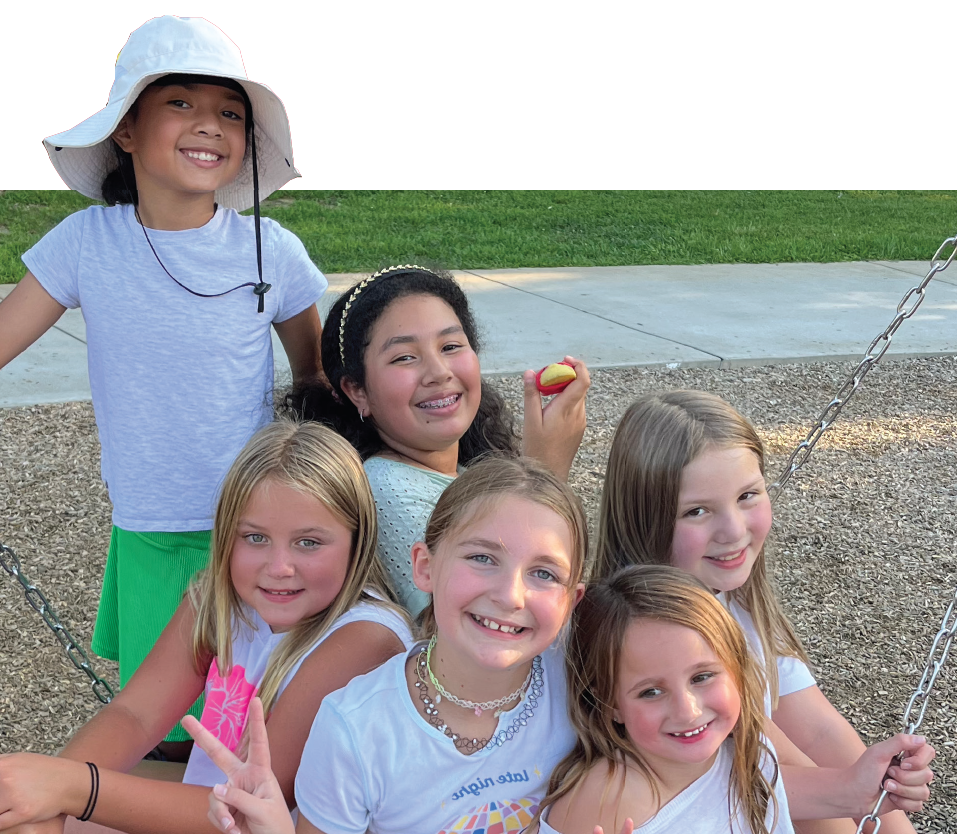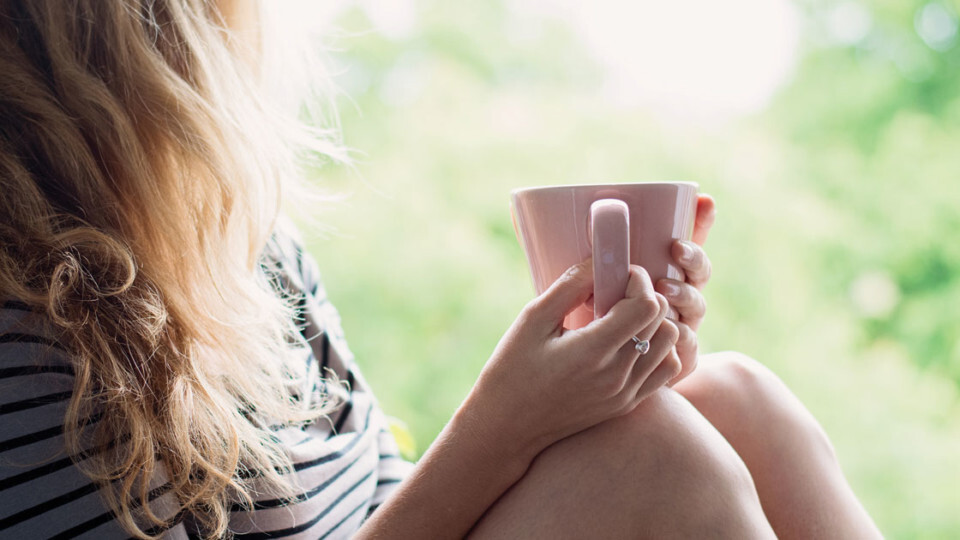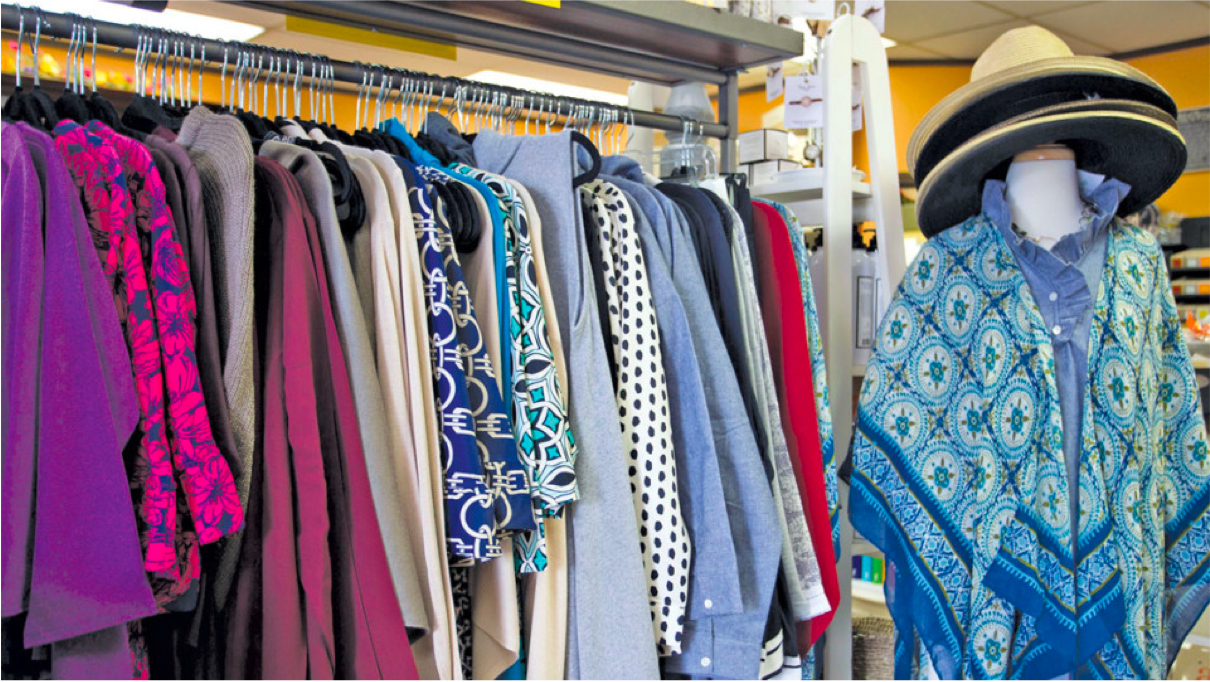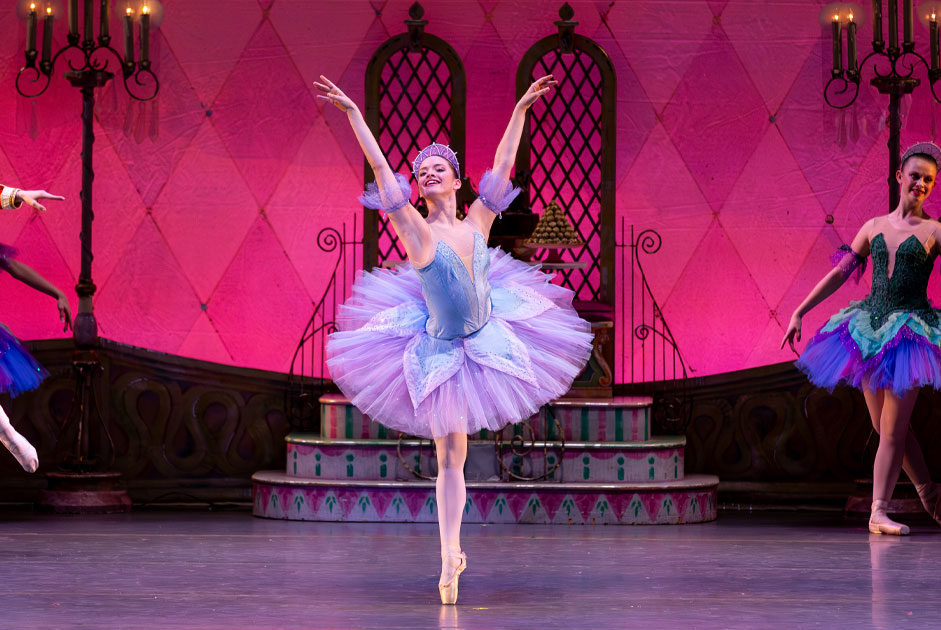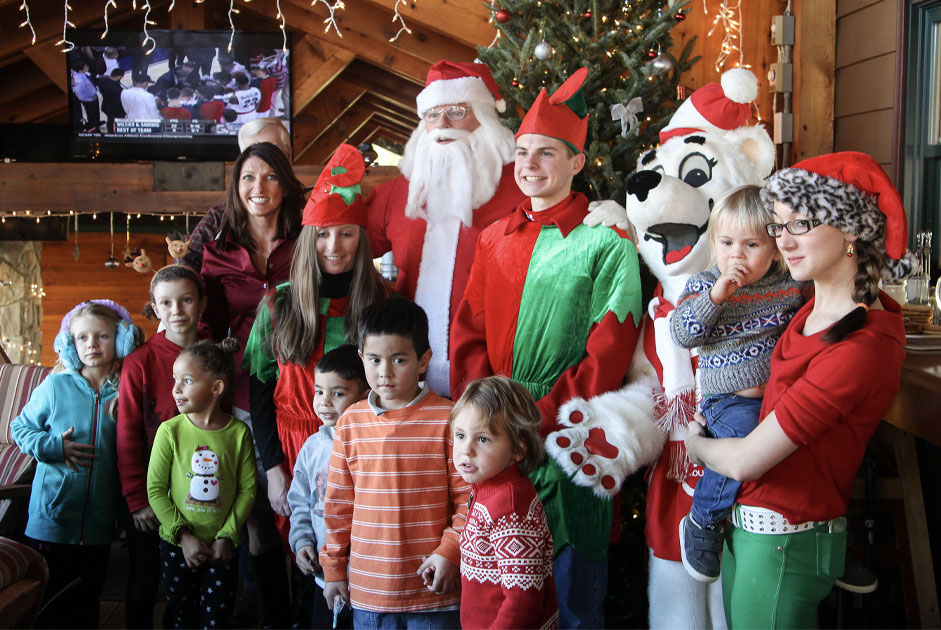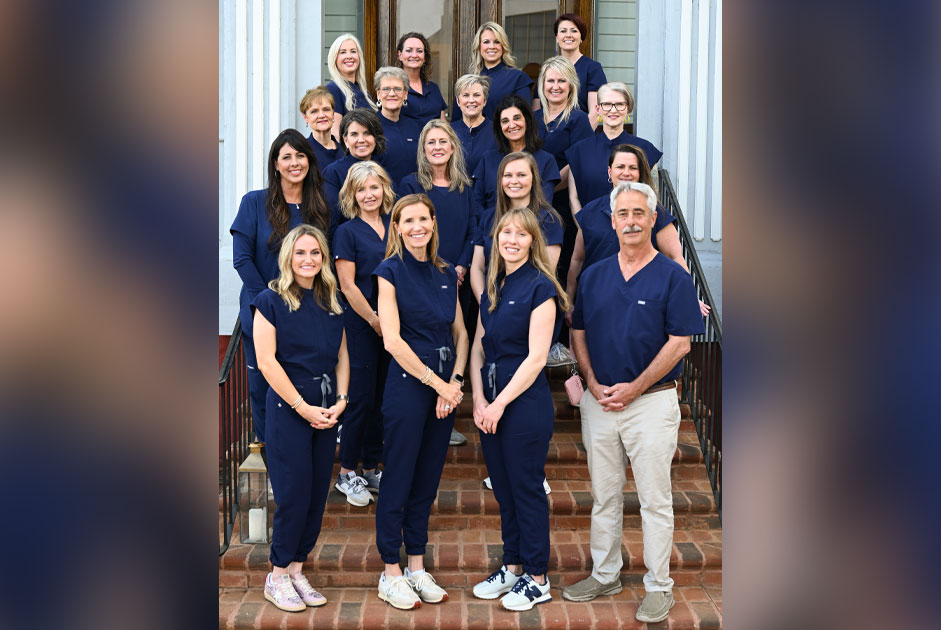BY KIM WATKINS
I’ve been an avid reader since childhood, spending many an early morning or a late night wrapped in a cozy blanket with a warm beverage and a good book. As I have grown as a reader, I have learned to find books that are life-giving, ones with beautiful language, ones that open doors to places I have never been and lives I have never lived, as well as ones that help me understand myself and my surroundings.
The value of snuggling up with a good book, fiction or nonfiction, cannot be underestimated. These days, little feet often pitter-patter downstairs to join me. Sometimes they request a read-aloud; other times they bring their own books and join me for a while. Whether you are reading aloud or simply sharing a couch, enjoying books together helps children fall in love with reading and with the beautiful world around them.
At Redeemer School, we seek to nourish students’ minds with a steady diet of what 19th Century British Educational Philosopher Charlotte Mason called living books. Mason described living books as works that “possess certain literary qualities able to bring that sensible delight to the reader which belongs to a literary word fitly spoken.” They are works of high literary quality that deal directly with the subject at hand in an interdisciplinary way, and may be fiction, biography, a primary source or other expository text.
Living books feed young minds on ideas from the directly articulated experiences and ideas of predecessors and contemporaries. As a child’s imagination is captured by living books, they are exposed to correct grammar, spelling and other mechanics of written language, as well as the precision and range of a complex vocabulary.
“The children must enjoy the book. The ideas it holds must each make that sudden, delightful impact upon their minds, must cause that intellectual stir, which mark the inception of an idea,” wrote Charlotte Mason in School Education.
No matter the age of your child, living books shine when read aloud by parents to children or by children to one another. They can, of course, also be absolutely wonderful when read silently by children or adults.
Many living books are available as audio recordings as well, which can be a great alternative to screens during holiday travel, or as a backdrop for craft time or Lego-building sessions. My family uses the library’s (free!) Libby app, along with the paid service Audible, to download audiobooks. You can also find living books on CD to check out from your local library branch.
Are the stories you choose for your children alive? Here’s how to tell if your selection is a living book:
- Does the story catch and hold the interest of the reader?
- Is the story timeless, in the sense that regardless of when it was written, it can still be enjoyed and related to today?
- Do the characters speak and behave the way people in a particular place and time of the story would be likely to speak and act? Are the story’s settings, culture and factual background depicted with depth and accuracy?
- Are the emotions and reactions of the characters true to the reality of human experience?
- Are the characters well rounded and do they develop as the story goes on, changing in response to events, insights they have gained, etc.?
- Is the overall language use, vocabulary and writing style excellent?
- Are the values, truths or lessons which might be drawn from the story an integral, natural part of the whole? Does the reader simply see and infer them on his own without tracking on sermons or heavy-handed moralism?
(Adapted from Teaching Children by Diane Lopez.)
A few living book recommendations from Redeemer School teachers to jump-start your holiday reading:
Early Elementary (K-2nd):
Christina’s Carol by Tomie dePaola
Grandma’s Gift by Eric Velasquez
Too Many Tamales by Gary Soto and Ed Martinez
The Legend of the Poinsettia by Tomie dePaola
Red & Lulu by Matt Tavares
The Night Tree by Eve Bunting
On the Banks of Plum Creek by Laura Ingalls Wilder
The Christmas Coat by Clyde Robert Bulla
The Christmas Mouse by Elisabeth Wenning
Mr. Willowby’s Christmas Tree by Robert Barry
The Christmas Flower by Gwen Ellis
Holly & Ivy by Rumer Godden & Barbara Cooney
I Saw Three Ships by Elizabeth Goudge
Silver Packages by Cynthia Rylant
Upper Elementary (3rd-5th):
A Christmas Carol by Charles Dickens
The Lion, the Witch, and the Wardrobe by C.S. Lewis
Mr. Popper’s Penguins by Richard & Florence Atwater
The Long Winter by Laura Ingalls Wilder
Julie of the Wolves by Jean Craighead George
The Last Holiday Concert by Andrew Clements
Caleb’s Story by Patricia MacLachlan
The Vanderbeekers of 141st Street by Karina Yan Glaser
Middle School (6th-8th):
Hawk that Dare not Hunt by Day by Scott O’Dell
Forge by Laurie Halse Anderson
The Call of the Wild or White Fang by Jack London
Letters from Rifka by Karen Hesse
War Horse by Michael Morpurgo combined with Shooting at the Stars: The Christmas Truce of 1914 by John Hendrix
Favorite Audiobook Recordings:
The Velveteen Rabbit (Rabbit Ears Entertainment)
A Christmas Carol (Focus on the Family Radio Theatre)
The Long Winter (HarperAudio)
James Herriot’s Treasury for Children (MacMillan Audio)
For more living book recommendations, we suggest the following resources:
Honey For A Child’s Heart by Gladys Hunt
Books Children Love by Elizabeth Laraway Wilson
The Read-aloud Handbook by Jim Trelease
Eyeopeners! by Beverly Kobrin
Learn more about Redeemer School and the educational philosophy of Charlotte Mason, discover what it means to be part of a covenant school and tour our facilities at one of our Open House events. Join us Saturday, January 22, 2022 or Thursday, February 17, 2022 from 9:30-11:00am. Please RSVP online at redeemerschool.org/admissions or by phone at 336.724.9460.
Applications are now being accepted for TK-8th grade for the 2022-2023 school year. Apply online: redeemerschool.org/admissions. Priority consideration is given to applications received by January 31, 2022.





